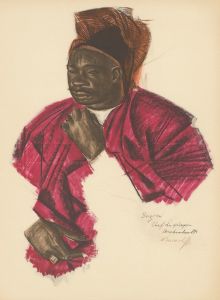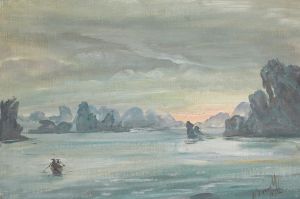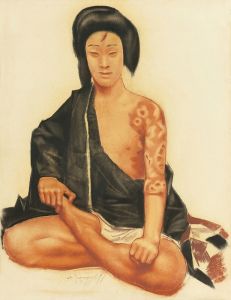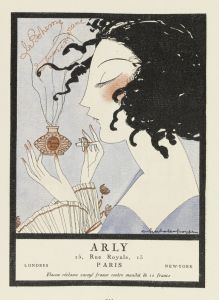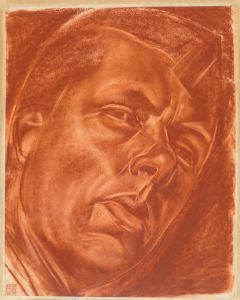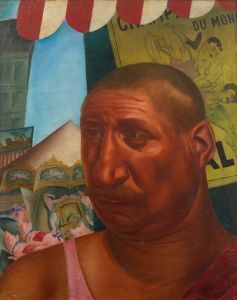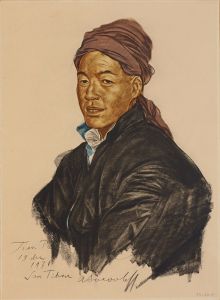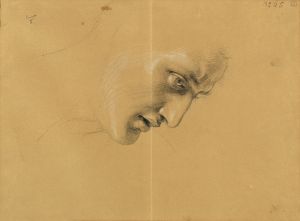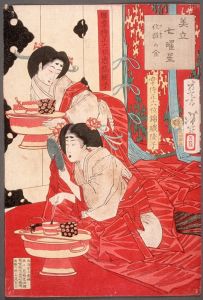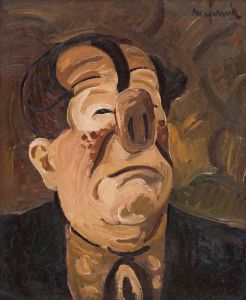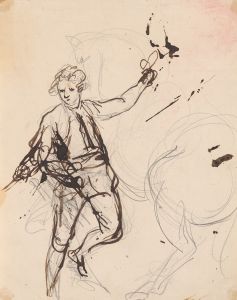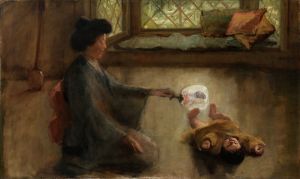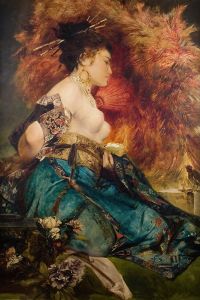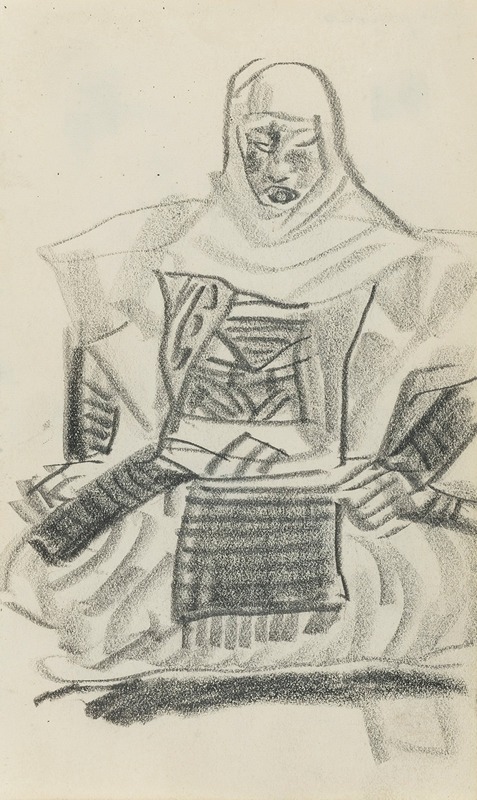
Japanese Figure
A hand-painted replica of Alexandre Jacovleff’s masterpiece Japanese Figure, meticulously crafted by professional artists to capture the true essence of the original. Each piece is created with museum-quality canvas and rare mineral pigments, carefully painted by experienced artists with delicate brushstrokes and rich, layered colors to perfectly recreate the texture of the original artwork. Unlike machine-printed reproductions, this hand-painted version brings the painting to life, infused with the artist’s emotions and skill in every stroke. Whether for personal collection or home decoration, it instantly elevates the artistic atmosphere of any space.
"Japanese Figure" is a painting by the Russian-born artist Alexandre Jacovleff (also spelled Yakovlev), who was known for his diverse body of work that spanned various cultures and subjects. Jacovleff was born on June 25, 1887, in Saint Petersburg, Russia, and he became a prominent figure in the art world during the early 20th century. He was particularly noted for his skillful draftsmanship and his ability to capture the essence of his subjects with great precision and sensitivity.
Jacovleff's interest in different cultures was evident throughout his career, and he often traveled extensively to gather inspiration for his work. His travels took him to Asia, Africa, and the Middle East, where he immersed himself in the local cultures and traditions. This exposure to diverse environments and peoples significantly influenced his artistic style and subject matter.
"Japanese Figure" is one of Jacovleff's works that reflects his fascination with Asian culture. The painting depicts a Japanese individual, rendered with meticulous attention to detail and a deep appreciation for the cultural context. Jacovleff's portrayal is characterized by a delicate balance of realism and artistic interpretation, capturing both the physical likeness and the cultural essence of the subject.
The painting showcases Jacovleff's mastery of technique, particularly his use of light and shadow to create depth and dimension. The figure is presented in traditional Japanese attire, which Jacovleff has depicted with great accuracy and respect for the cultural significance of the garments. The intricate patterns and textures of the clothing are rendered with a high level of precision, demonstrating Jacovleff's keen eye for detail.
Jacovleff's ability to convey the personality and presence of his subjects is evident in "Japanese Figure." The expression and posture of the figure suggest a sense of calm and introspection, inviting the viewer to engage with the subject on a deeper level. This introspective quality is a hallmark of Jacovleff's portraiture, which often seeks to reveal the inner life of his subjects.
Throughout his career, Jacovleff was associated with several significant art movements and institutions. He was a member of the Mir Iskusstva (World of Art) movement in Russia, which emphasized the importance of beauty and craftsmanship in art. Later, he became involved with the Ballets Russes, a renowned ballet company that brought together artists from various disciplines to create innovative and visually stunning performances.
Jacovleff's work, including "Japanese Figure," has been exhibited in numerous galleries and museums around the world. His contributions to the art world have been recognized for their technical excellence and cultural sensitivity. Today, his paintings continue to be appreciated for their ability to bridge different cultures and offer a window into the diverse experiences of humanity.
In summary, "Japanese Figure" by Alexandre Jacovleff is a testament to the artist's skill and his deep appreciation for the cultures he encountered during his travels. The painting exemplifies Jacovleff's ability to capture the essence of his subjects with both technical precision and emotional depth, making it a significant work in his oeuvre.





